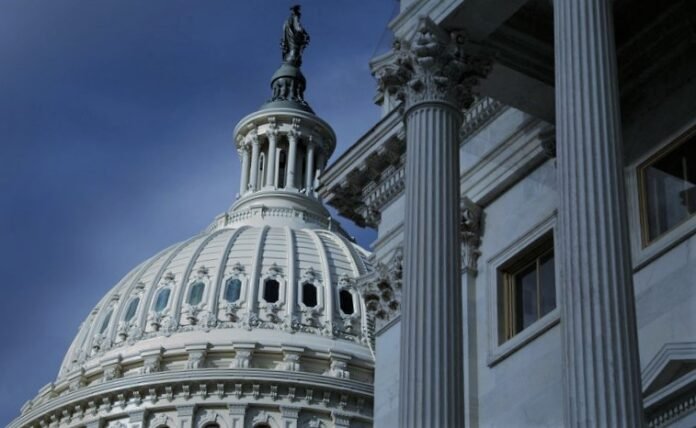
Anxiety and Impulsivity: Investors Gravitate Towards One-Month Bills Amid US Debt Ceiling Concerns
Worrying About the Debt Limit
As apprehensions grow over the potential breach of the U.S. Treasury Department’s debt ceiling, investors are gravitating toward specific Treasury bills. The looming possibility of a disastrous debt default has experts estimating that the Treasury might exhaust its funds around July or August. Consequently, numerous investors are steering clear of debts maturing within this period, while others are on the hunt for secure cash repositories. This development has prompted a decline in one-month bill yields and a widening spread between one-month and three-month bills—its largest since 2001.
Gennadiy Goldberg, a senior interest rate strategist at TD Securities in New York, remarked, “The market is nervous and is avoiding the debt ceiling issues and has unfortunately nowhere to go because bill supply continues to be cut.”
Uninsured Deposits and Issuance Cuts
A growing demand for Treasury bills arises from concerns about the security of uninsured bank deposits. Nevertheless, the Treasury has curtailed its short-term debt issuance as it approaches its debt limit.
Last Thursday, one-month bill yields hit 3.206%, the lowest since October 20, and are now hovering around 3.362%. They’re currently trading approximately 130 basis points below the Fed funds rate—the largest gap since 2008. Conversely, three-month bill yields have risen to 5.113%, just below Thursday’s 22-year high of 5.318%. The chasm between one-month and three-month bills has surged to an unprecedented 175 basis points.
The Wait for a Debt Ceiling Raise
When the debt ceiling finally increases, the Treasury is anticipated to boost bill issuance. Until that moment arrives, investors will likely continue utilizing the Federal Reserve’s reverse repurchase agreement facility, which experiences daily demand of roughly $2.25 trillion.
Subadra Rajappa, head of U.S. rates strategy at Societe Generale (OTC:SCGLY) in New York, explained, “There’s a lot of cash on the sidelines. Money left the regional banking systems and made it to the larger banks and then from there to money market funds. Money market funds are the highest they’ve been and there’s a dearth of supply.”










